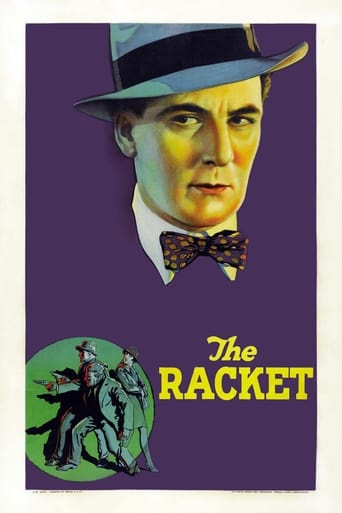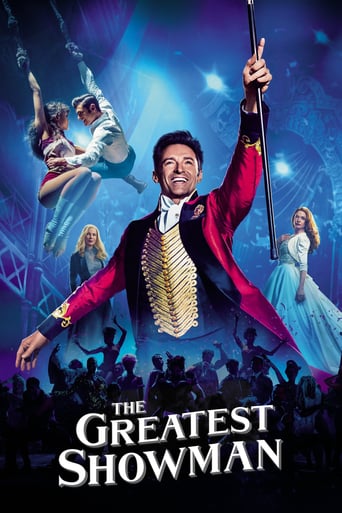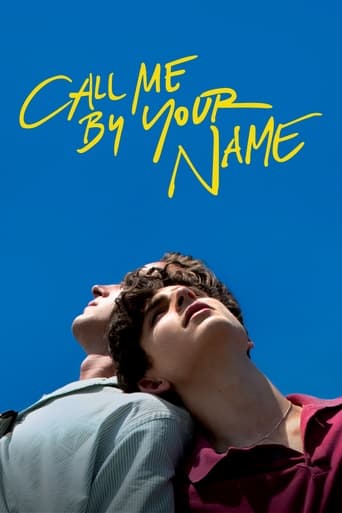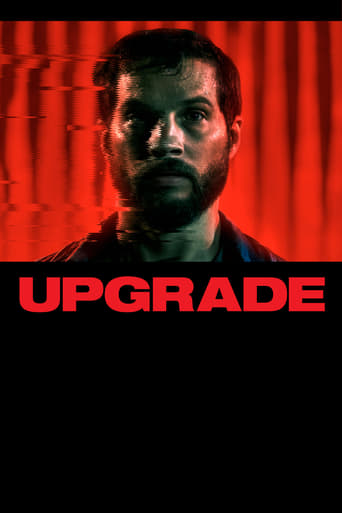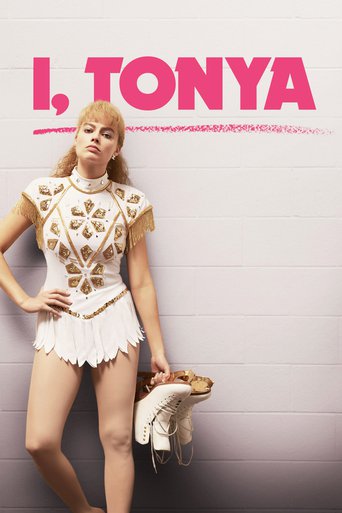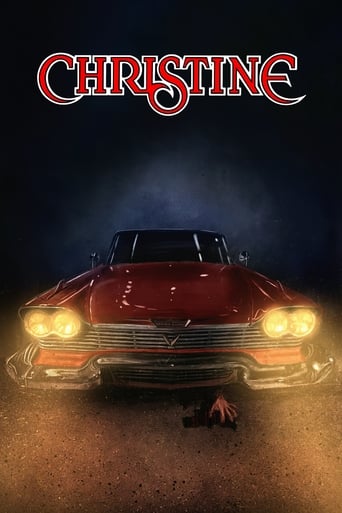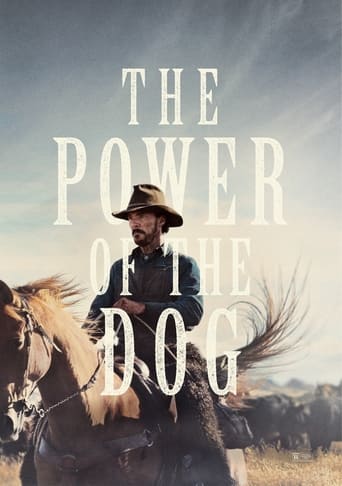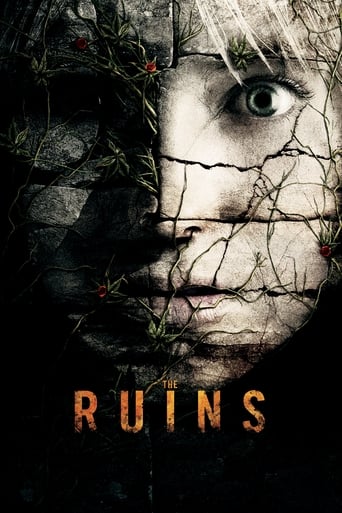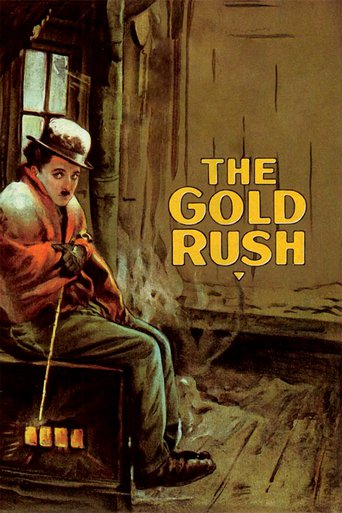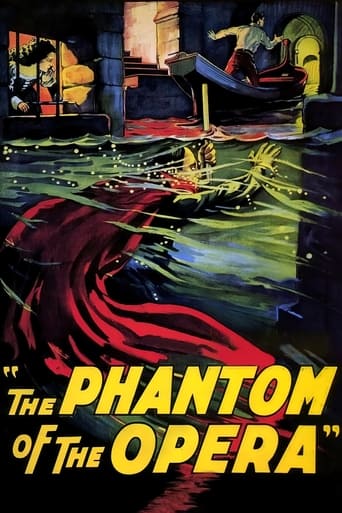


The Phantom of the Opera
The deformed Phantom who haunts the Paris Opera House causes murder and mayhem in an attempt to make the woman he loves a star.
-
- Cast:
- Lon Chaney , Norman Kerry , Mary Philbin , Arthur Edmund Carewe , Gibson Gowland , Snitz Edwards , John St. Polis


Similar titles
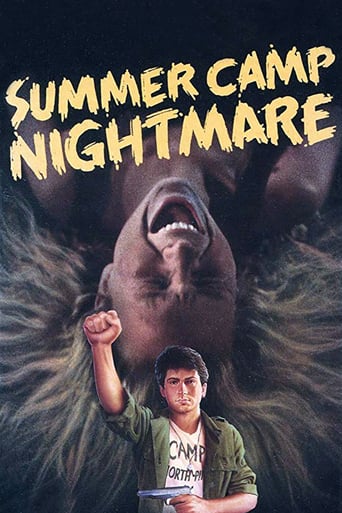
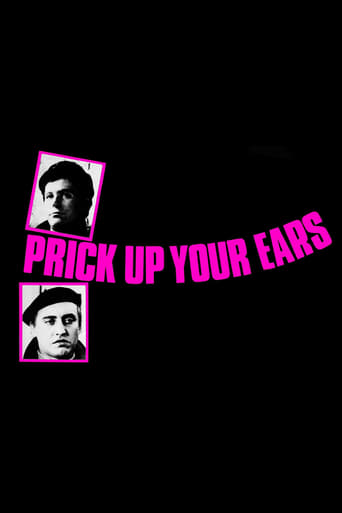

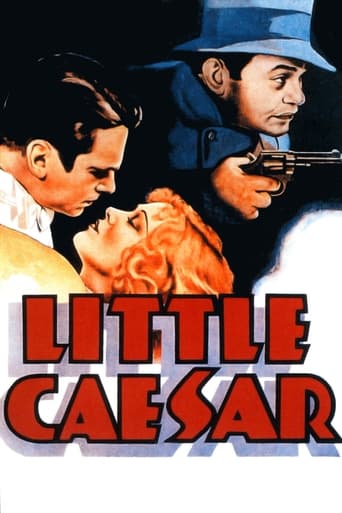
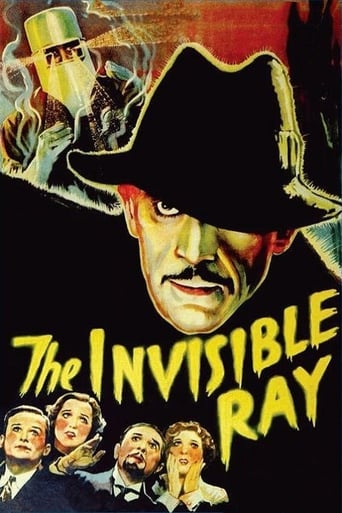
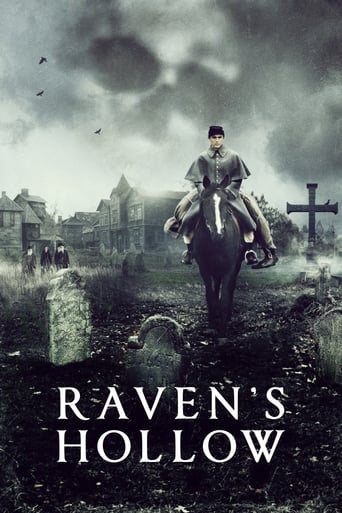
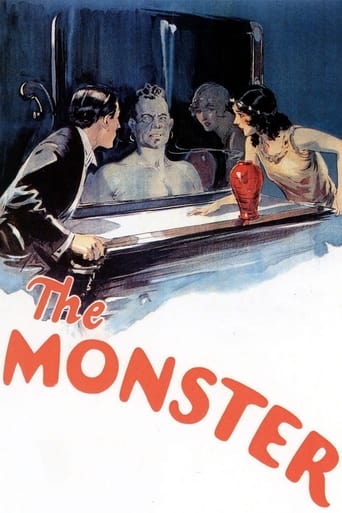
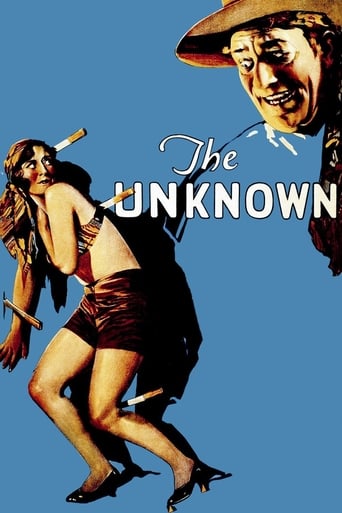
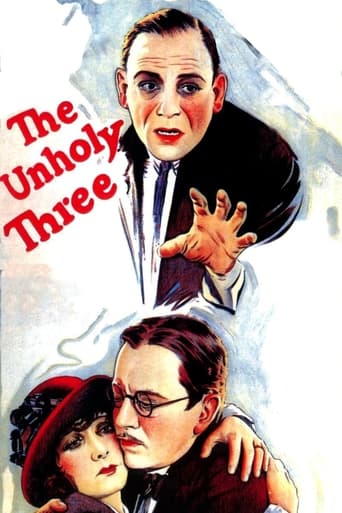
Reviews
Perfect cast and a good story
Good start, but then it gets ruined
For all the hype it got I was expecting a lot more!
A lot of perfectly good film show their cards early, establish a unique premise and let the audience explore a topic at a leisurely pace, without much in terms of surprise. this film is not one of those films.
Silent movie star and all-round horror icon Lon Chaney was known as the 'Man of a Thousand Faces'. His gift for make-up and prosthetic work meant that he was able to transform himself into some of the most iconic characters of the silent era, such as the masked Phantom of Phantom of the Opera, and Quasimodo in 1923's The Hunchback of Notre Dame. But Chaney didn't become a legend simply for his skills with a make-up brush, he was also a damn fine actor. Having grown up with two deaf parents, Chaney became incredibly skilled at pantomime, something that would benefit him when he was eventually promoted to silent film. The Phantom himself is what people remember and take away from the story, not the plot, the dialogue or the songs of Andrew Lloyd Webber's later musical adaptation, and much of this is thanks to Chaney's memorable incarnation, which was only the second on film (1916's Das Phantom der Oper is now lost).Adapted from Gaston Leroux's 1910 novel Le Fantome de l'Opera, the story is centred around Paris Opera House, which has recently been acquired by two men who laugh off any suggestion that a cloaked ghost known as 'The Phantom' stalks the halls at night. The new season is about to open with Faust, led by prima donna Carlotta (Mary Fabian), whose understudy Christine Daae (Mary Philbin) has made a rapid rise from a mere chorus girl to potential star-in-waiting. Somebody is clearly a fan of Christine, as Carlotta's mother (Virginia Pearson) receives a letter demanding that Christine be given the lead, otherwise a great tragedy will befall her daughter. The note is signed by the Phantom, but Carlotta sings anyway. Soon enough, she is taken ill, and Christine steps in to wow the audience and her fiance Vicomte Raoul de Chagny (Norman Kerry). Visited by the shadowed Phantom late one night, she is told that she has been touched with a divine voice, and nothing can now stop her career, as long as she agrees to obey the wishes of her new master.She soon discovers that these wishes involve her heading through a secret passage into the catacombs beneath the Opera House and living out her days in solitude with a disfigured creature who hopes she will return his love. The Opera House was built upon some kind of palace complete with torture chambers, and Christine is whisked off on horseback and gondola to the Phantom's secret lair. This sequence is captured with a dream-like quality, blurring the lines between reality and nightmare, although it has a sense of eerie beauty to it also. The eventual unmasking of Phantom, or Erik as he reveals himself to be, is one of the most famous images in cinema. Even though you know the moment is coming, Chaney's expression of shock and rage at being revealed to the world still has the ability to send a shiver down the spine. It is a shot that wouldn't have had quite the same impact if not for Chaney's involvement, and the actor also manages to squeeze some sympathy out of his bitter, twisted and completely insane romantic. It's far from the best chiller to emerge from the silent era, but it is undoubtedly one of the most influential.
The silent version of Phantom of the Opera is by far the best adaptation of Gaston Leroux's novel. The story is now more famous than ever because of the musical, which has been running on Broadway and in London for nearly thirty years and has played all over the world.The George Eastman House had a hand in working on this film to get it into condition to show. It has a great score by Carl Davis as well.It stars Lon Chaney, Mary Philbin, and Norman Kerry. They are not the types you would see cast today, with the exception of Mary Philbin. The use of color here is most interesting. The masked ball survives in color. On initial prints, the Handschiegl color process was used, which is a stencil color process you might see on an old color postcard. This gives the movie its most striking effect -- on the roof of the opera house, with the Phantom in his Red Death costume standing against the statue of Apollo. Fantastic.Lon Chaney, who never divulged how he made himself up, is a magnificent and scary Phantom. The Phantom is clearly crazy and murderous. Though still crazy, he was a little more sympathetic in the Claude Rains version. Since the film version of the musical was released, the character of the Phantom as portrayed in the musical itself has changed. A friend of mine played the role for years; when he went back to the show and auditioned, he was told he "wasn't the right type" for Phantom. So suddenly the Phantom is a "type" - a matinée idol! And now it's sexed up with Christine, if the 25th anniversary performance was any indication.At the 25th anniversary, past Phantoms came out on stage. Each one was handsomer and younger than the preceding Phantom, until the last man, who looked like he should have been playing Raoul. In fact, I can't imagine who played Raoul when he played the Phantom - Ian Somerhalder? So I'm afraid Mr. Chaney wouldn't even be considered today. He wasn't hunky enough.Truly amazing film, and I love that a real opera - Faust - was used in the film. Last night I saw "Two Sisters from Boston" that took piano and violin concertos and turned them into arias. I like the real thing.
While already present in 'Annabelle's serpentine dance' by WIlliam Dickson, many early filmmakers have striven to be the first to integrate colour in their films.It can be debated if Rupert Julian is truly the director of the version I saw as he left the film when the studios told him to reshoot large parts of the film, after him in order, Edward Sedgewick, and Maurice Pivar and Lois Weber tempered with the original. If I were to contribute the technical choices of this film, I would not not to which one.Whoever it was, he uses many filters to differentiate the mood of each location in the film, but for the key scene in which the phantom appears as "Red Death", the film is in 'colour', as the costumes of the participants of the masked ball are presented in hues of red and green. Personally, it did not contribute greatly to the viewing experience.The narrative of the film relies heavily on intercut text, which was annoying in the more dialogue-heavy scenes.I had to fortune to see this on a cinema screen, accompanied with live piano music that elevated my enjoyment. But in all, I think the tumultuous production process can be felt when viewing the film, and I cannot help but wonder what it could have been, less crippled to suit the taste of the masses.
(Halloween Horror Reviews #6)This film has one of the most disastrous production history's I can think for a horror film. Allegadly at one time at least 3 versions of the film existed, each with different scenes, tones and endings. However today only one version exists, luckily it is all we need.Lon Chaney as the Phantom is astonishing. With the bare visual essentials he is able to chill, excite and entertain better than any other rendition of the character since. He brings a sympathetic weight that many would not immediately think of in reference to the story, and he offers an outlook on deformity and loneliness witch strikes a cord even today, 89 years later. It is hard to discuss the make-up, because it is so perfect and deeply integrated into the film's effect. Chaney looks like a demon, and his jerky movements transform him into a living gargoyle on screen. The film deserves it's rating for the wonderfully shocking and perfectly built up unmasking sequence.Aside from Lon Chaney, the set design is sumptuous and highly impressive for the time. One of the better examples of a large scale period piece being attempted in the 1920's (possibly due to the adoption of some German expressionist techniques and ideas in the set design). This lavish set design is particularly prominent during the colour sequence, a dazzling and highly enjoyable barrage of Technicolour and macabre imagery. However this effect is ruined somewhat when we later see the same setting in black & white, diminishing the dreamlike and magical quality of the scene. The other actors are solid also, however Mary Philbin's stereotypical damsel in distress can become granting after a while.Although it may be unfair to comment on the score, because it was added after the film's original release, however it is breathtaking. I would honestly declare it a masterpiece of a score and a massive part of the film's effect is derived from it flowing between daunting organ pieces, to ambient percussion, and then to iconic orchestra bombast. Although I do not wish to undersell the film overall, I will admit that 90% of the film's power comes from the following four elements alone:1. Lon Chaney as the Phantom. 2. The musical score. 3. The colour sequence. 4. The exciting and emotional ending.This is possibly to the film's detriment, as long stretches can drag a bit and other elements are pushed aside in one's memory after seeing the film.Overall I loved this creepy little gem. Although much of the Phantom is lost to the mist of history, the shadow that remains is ghoulish enough to remain a classic of the silent age.

